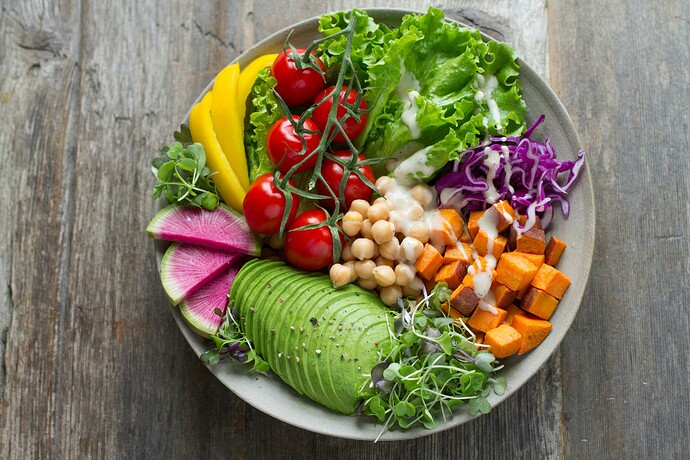Nephrotic syndrome is a kidney disorder where the body releases too much protein into the urine. This reduces the amount of protein in your blood and affects how your body balances water.
Diet doesn’t cause nephrotic syndrome, but what you eat could worsen symptoms and cause other complications, such as high blood pressure, renal insufficiency, and increased fat in the bloodstream.
Changing your diet is crucial to avoiding kidney damage. Because this disorder results from a loss of protein, some people might counteract this loss by eating a protein-rich diet. However, a high-protein diet isn’t recommended for nephrotic syndrome. Too much protein is dangerous because it can damage nephrons (the functioning units of kidneys) and cause renal insufficiency. Low to moderate protein intake is recommended, depending on the condition of your kidneys. Work with your doctor and a registered dietitian to determine your specific needs.
A low-sodium diet is also recommended with nephrotic syndrome. Too much sodium through diet can cause further fluid retention and salt retention, resulting in uncomfortable swelling and hypertension.
Because this disorder can also cause high levels of fat in the bloodstream, reducing your fat intake may prevent cardiovascular disease.
To help manage this condition, it’s important to understand what foods you should, and shouldn’t, eat.
Monitoring your diet can be challenging, but it can also improve your health and alleviate symptoms of nephrotic syndrome. Here are a few tips to assist with dietary changes.
Be mindful of protein intake. The recommended protein intake for nephrotic syndrome is 1 gram (g) per kilogram of body weight per day, which equals 0.45 g per pound per day. However, this amount may vary based on the current health of your kidneys.
Limit sodium intake to 400 milligrams (mg) per meal (150 mg per snack), says Nephcure Kidney International (NKI). Read food labels and check sodium content before purchasing food items.
Limit or avoid using seasonings with “salt” in the name. These have a higher salt content than herbs and spices. If a recipe calls for garlic salt, substitute with fresh garlic or garlic powder.
Prepare meals at home. Restaurant meals may have a higher salt content. Research a restaurant’s nutritional menu beforehand, and choose entrees with under 400 mg of sodium. See if the restaurant can prepare your meal without salt.
Cook with healthy oils such as olive or coconut oil.
Remove salt from the dinner table.
Choose fresh vegetables or canned vegetables with no added sodium or low sodium to reduce your sodium intake.
